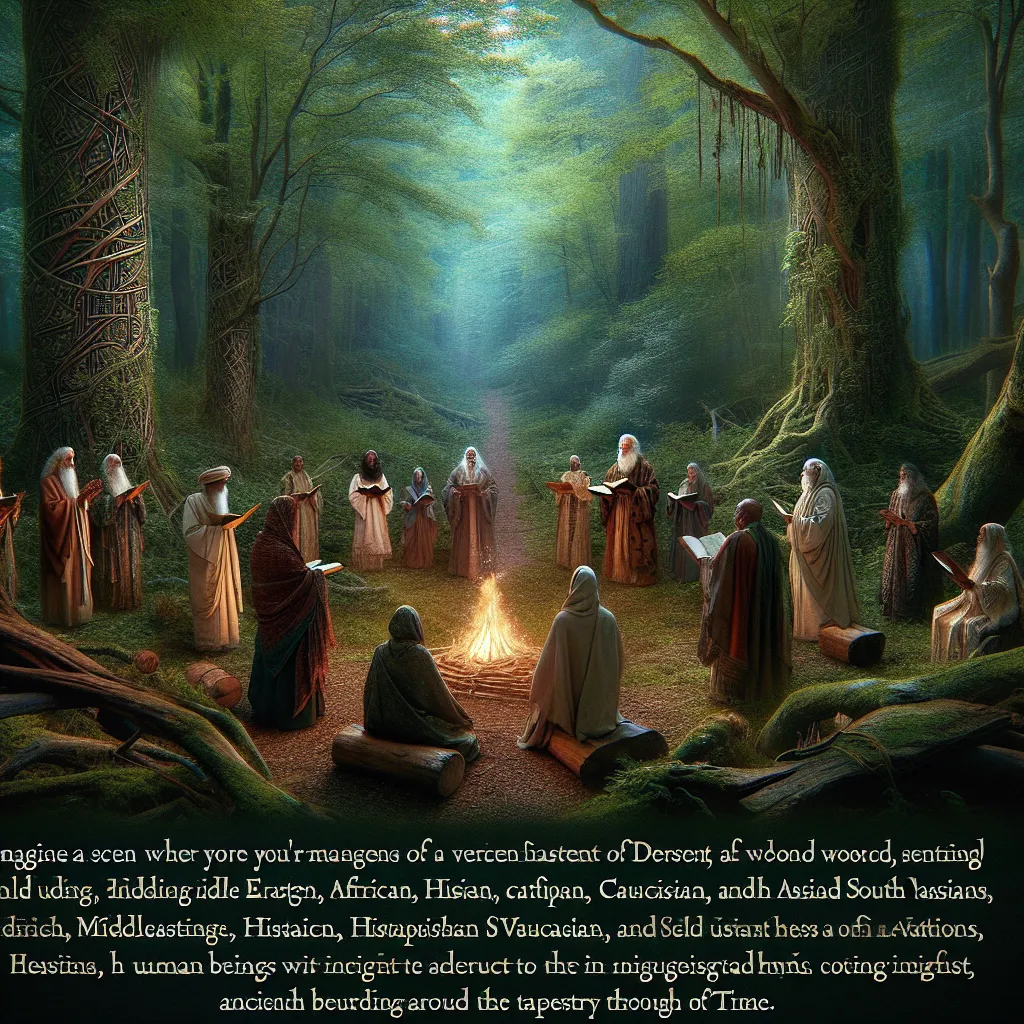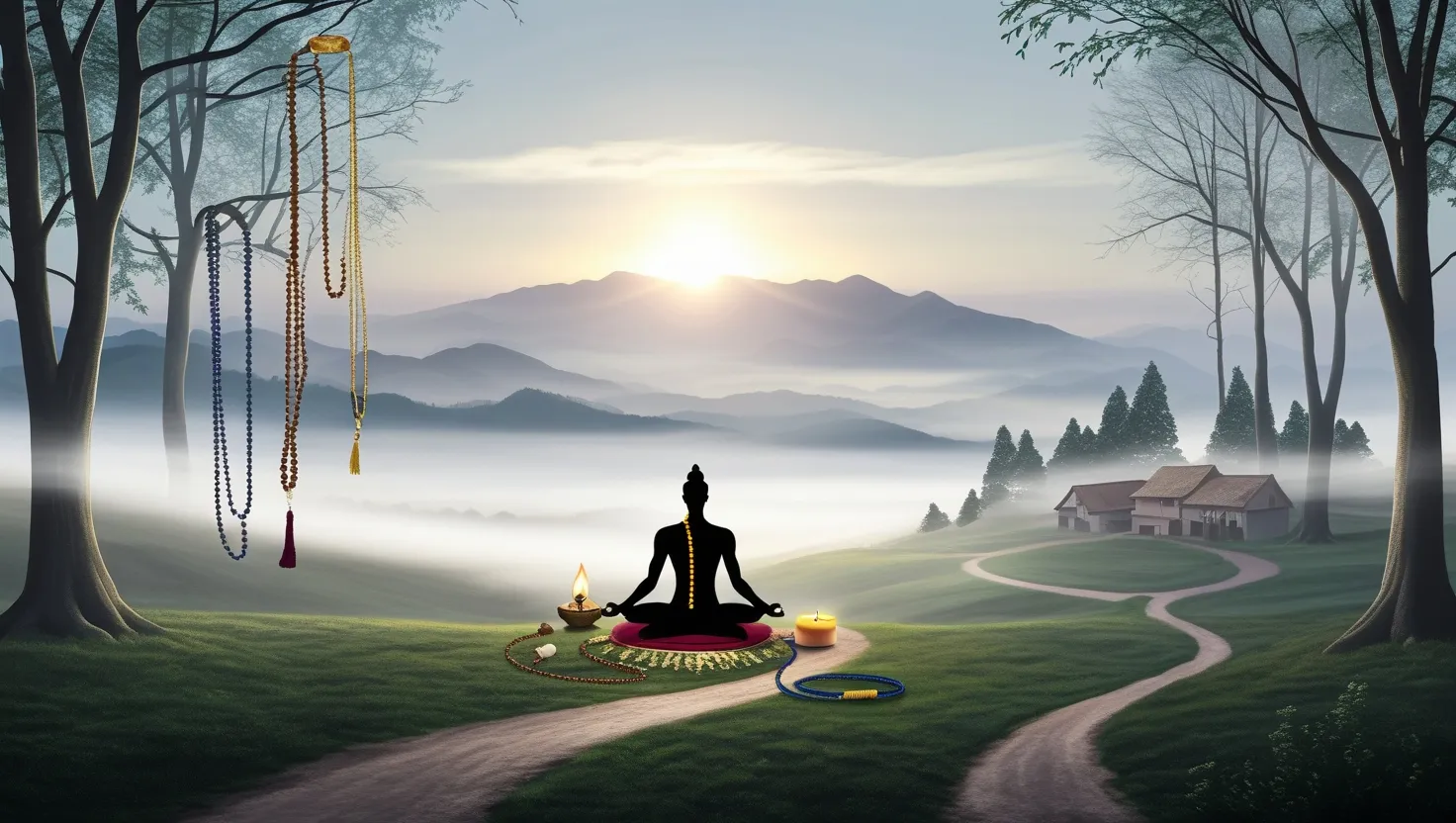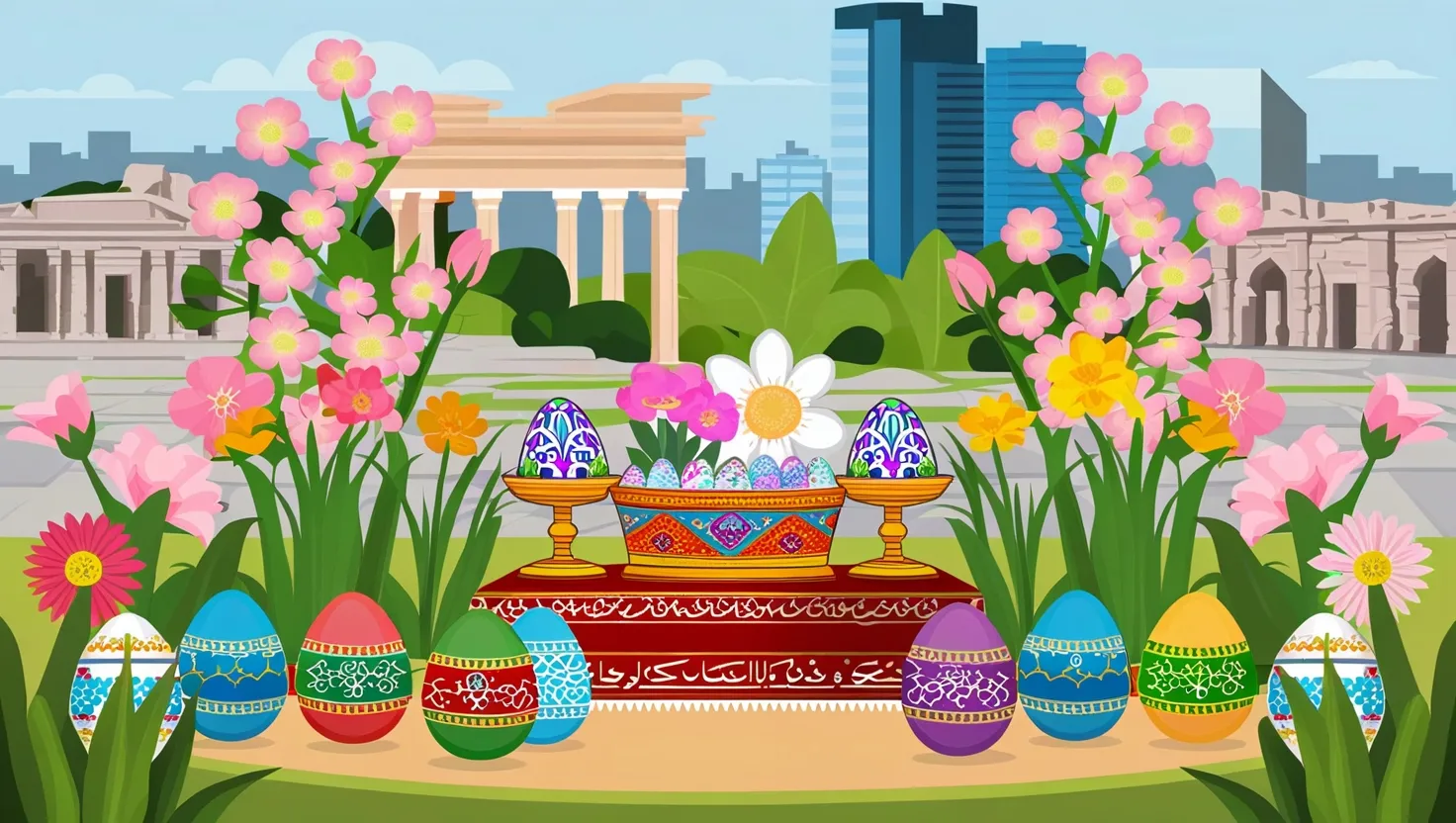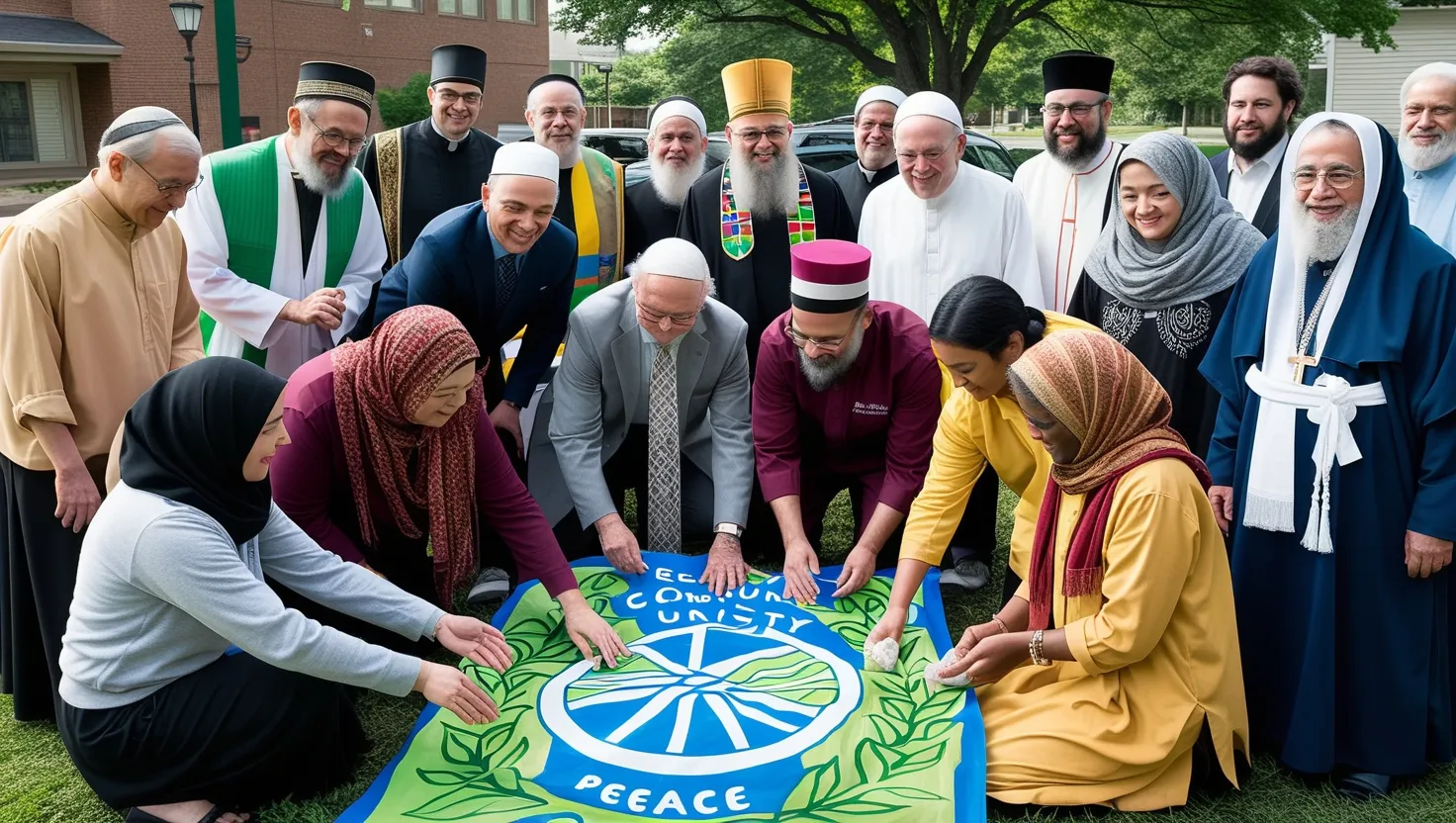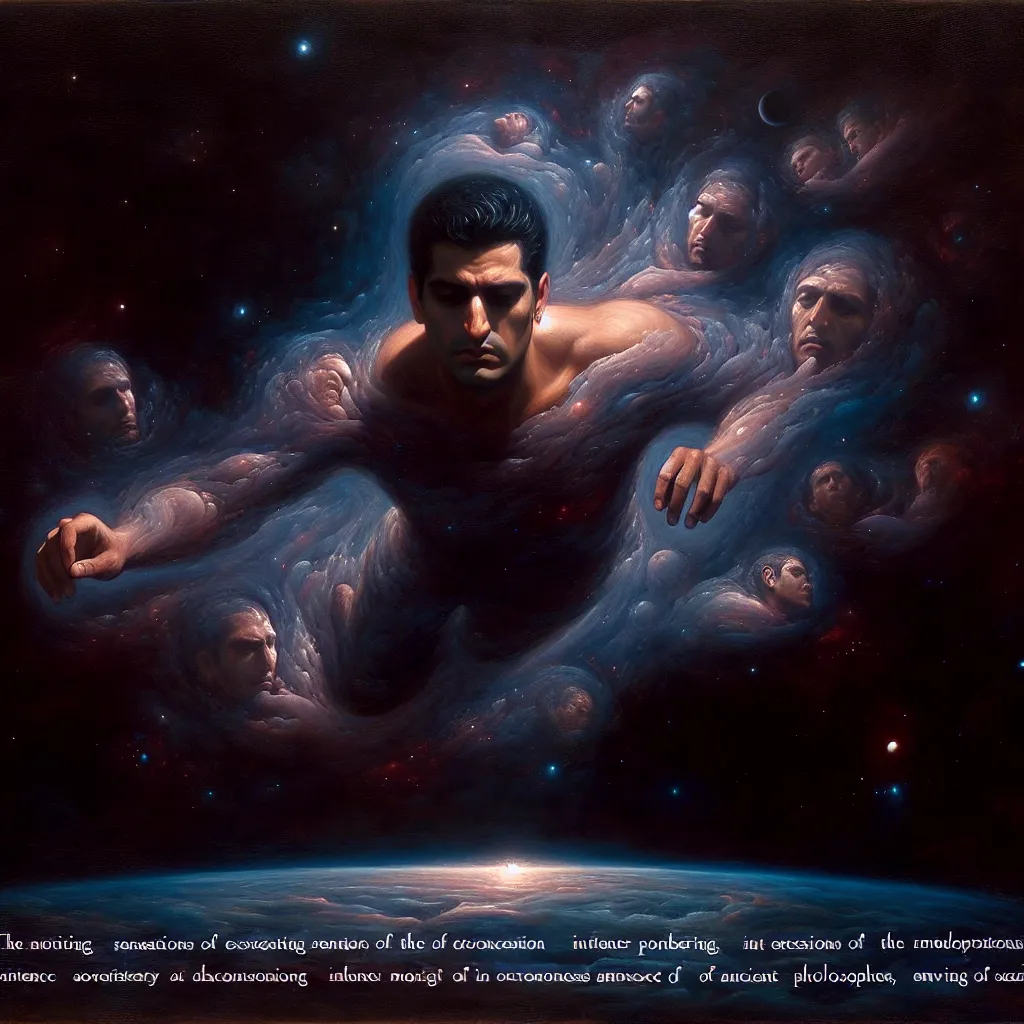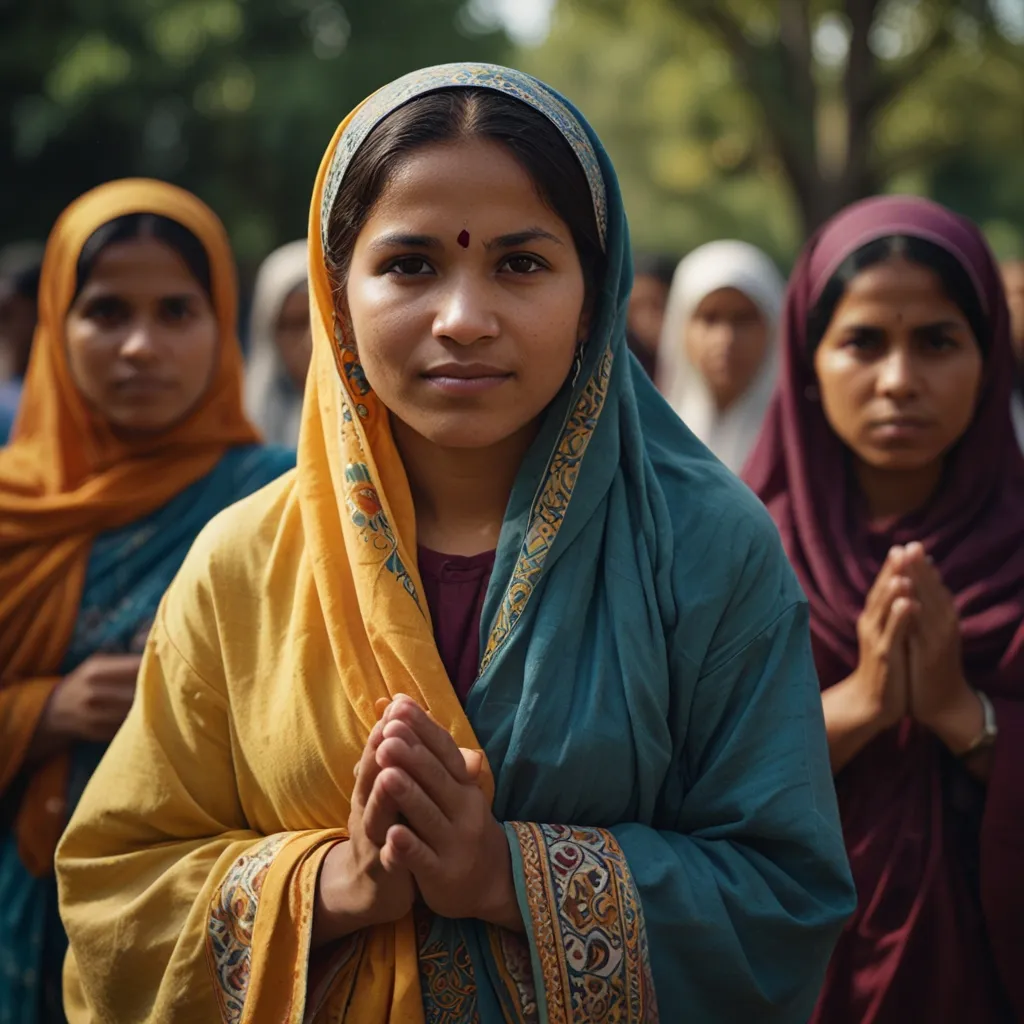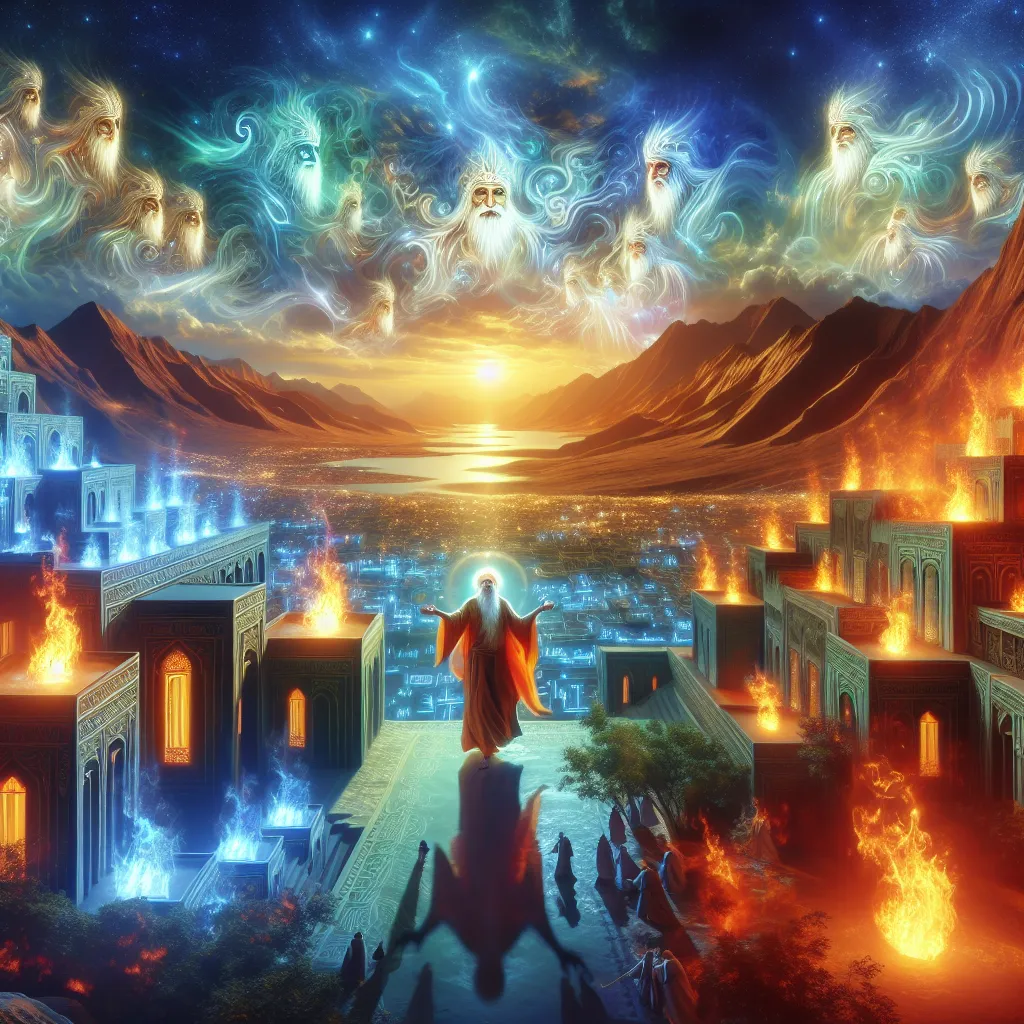Hinduism is often listed among the top religions globally, frequently being mentioned as the third or fourth largest religion. With over a billion followers, it’s a massive faith. In my exploration of Hinduism and other religions originating from the Indian subcontinent, known as Dharmic religions, I take a unique approach. Instead of asking, “What is Hinduism?” — a question too broad and layered — I delve into specific elements that represent this vast faith.
Hinduism is a broad term that encompasses various religious traditions in India, which can be quite distinct from each other. While other major religions like Christianity and Islam also have diverse traditions, Hinduism takes this diversity to an extraordinary level. Some argue that Hinduism could be seen as a collection of many different religions unified under one umbrella term. However, I believe there are core features that tie these different traditions together, setting them apart from nearby religions like Buddhism or Jainism. One primary unifying characteristic of Hinduism is its connection to the scriptures known as the Vedas.
Rather than attempting to define Hinduism, I focus on particular subjects that act as representations of this vast religion, such as scriptures, theologians, philosophers, and how Hinduism functions as a living religion both historically and today. A natural starting point is the Vedas, the cornerstone sacred texts of Hinduism.
Hinduism is often hailed as the oldest still-existing religion. This may oversimplify things, as many aspects recognized as Hinduism surfaced relatively late in history. However, the foundational elements date back very far. The Vedas, some of the oldest surviving religious literature, date back to around 1500 BCE, although they weren’t written down until much later. These scriptures, known as Shruti in Sanskrit, are believed to be divinely revealed, not penned by human hands. The sages or rishis who received these divine revelations memorized them meticulously, passing them down through generations in the ancient language of Sanskrit.
The origins of Vedic culture remain partly mysterious with various theories about its beginnings. It is generally thought that this culture moved into the Indian subcontinent around the second millennium BCE from the west, belonging to a group known as the Aryans. This migration suggests a shared cultural and religious heritage with people from what we now know as Iran and the greater Persian region.
The Vedas are divided into four main categories: the Rigveda, Sama Veda, Yajurveda, and Atharvaveda, with the Rigveda being the oldest, composed as early as around 1500 BCE. These texts were originally oral traditions, meticulously transmitted from master to student. Listening to priests reciting the Vedas today offers a direct link to how they sounded thousands of years ago.
These four Vedas constitute hymns and mantras meant to be recited during rituals, many of which involved fire sacrifices (homa) where offerings were made to the gods. The priests, or Brahmanas, played a central role in performing these sacred rites, which were fundamental to the Vedic religion. One of the most well-known rituals was the Soma ritual, involving a mysterious drink that scholars speculate might have had psychedelic properties.
The four Vedas also have multiple sections: the Samhitas (core hymns and mantras), the Brahmanas (commentaries explaining the rituals), the Aranyakas (ritual sacrifice discussions), and the Upanishads (philosophical texts exploring life, death, the soul, meditation, and more). The Upanishads, written in the middle of the first millennium BCE, marked a significant philosophical shift in Hinduism, introducing concepts like Karma, Samsara (reincarnation), and Moksha ( liberation from the cycle of rebirths).
The Upanishads merge ideas from earlier Vedic texts with influences from the Shramana movement—a spiritual tradition of ascetics seeking enlightenment through self-discipline rather than external rituals. This blending of Vedic rituals and Shramana asceticism eventually transformed and expanded into what we now recognize as Hinduism, incorporating deep philosophical introspection while retaining the Vedic foundation.
Through centuries of commentary, interpretation, and philosophical evolution, the Vedas laid the groundwork for Hinduism’s diverse traditions and thought schools. Concepts introduced in the Upanishads, such as the idea of Brahman ( the ultimate reality) and Atman (the transcendent self), became central to Hindu philosophy.
Hinduism, deeply rooted in these ancient texts and practices, evolved over millennia into a multifaceted and influential religion. My journey into Hinduism is an ongoing one, and I look forward to exploring various aspects of this vast and complex religion in future writings. If you have any specific topics within Hinduism or the Dharmic religions you’d like me to cover, feel free to let me know.
Understanding Hinduism isn’t straightforward, but it’s a captivating journey. With each piece of history and philosophy examined, we get a bit closer to grasping the essence of this enduring and influential faith.
